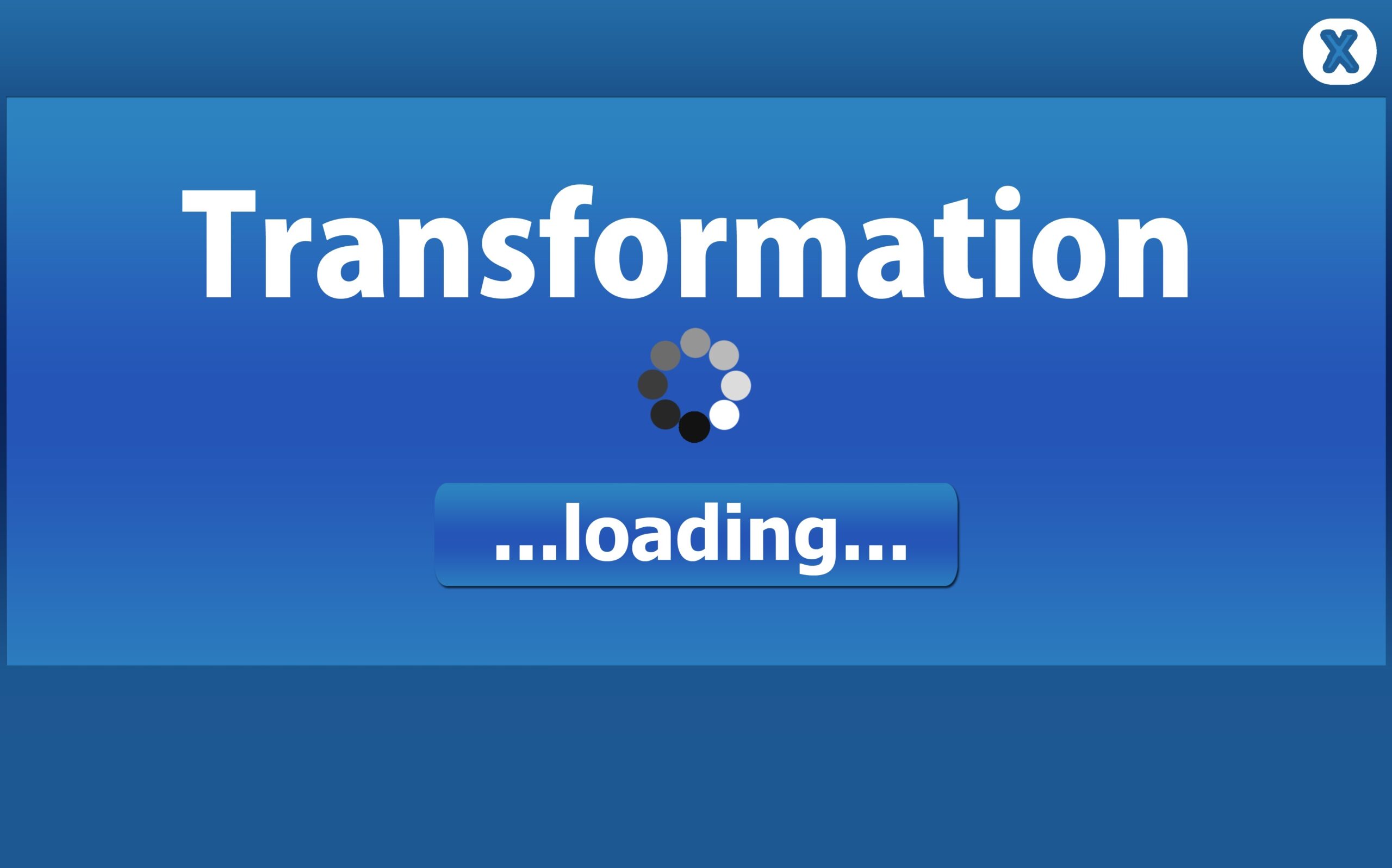Report from Sir Michael Barber also urges departments to be more receptive to ‘disruptive innovation’
A review of civil-service productivity has called on the government to implement a step-change in the use of performance data. This, the report claimed, would routinely deliver “marginal gains” for departments when services compared their performance with sector leaders.
A report from Sir Michael Barber, who led Labour prime minister Tony Blair’s delivery unit from 2001-5, has also encouraged the government to open up Whitehall to more “disruptive innovation”, alongside the creation of a new “public value framework” that government departments would use to benchmark the effectiveness of their spending.
Barber said there was “no excuse” for not having good performance data available in the second decade of the 21st century, but accepted that the government was already making progress with initiatives, such as the cross-government “data sprints”.
Nevertheless, the report calls the profile of existing data initiatives across government to be raised, and for the Treasury to act “as a catalyst” for this by demanding transparent, better quality, more consistent, and more timely data from departments.
On the recommendation that public bodies such as schools and hospitals be “routinely challenged” to consistently use their data to deliver marginal performance gains at no extra cost to the taxpayer, Barber said the Treasury and departments had a key role in applying pressure on underperforming “units”.
Related content
- Civil service chief Manzoni says Whitehall must ‘break down siloes‘ and share data
- ‘Whitehall’s digital strategy could be more workaday than grand plan’
- ‘You should be able to see your entire interaction with us’ – HMRC promises to put its mountain of data to customer-centric use
“As the government continues to seek opportunities to harness data and share its knowledge, there is every reason to believe that year-on-year, nudge-by-nudge, there should be improvements in performance across the board as a matter of course and without extra cost,” he said.
Alongside marginal gains, there should also be increasing “disruptive innovation” in government, through “radically new ways of doing things that deliver much better outcomes for reduced costs”.
The Treasury must do more to promote such an approach, Barber said. “It could demand that disruptive social or technological innovations, which radically improve outcomes and dramatically lower costs, are routinely presented by departments in business cases and Spending Review submissions. This would have the potential to deliver such change.
“The Treasury should actively pursue this approach in dialogue with the Cabinet Office and major spending departments. Ministers and officials from the latter should gain recognition for their courage and determination in innovating rather than for the size of their budget.”
Chief secretary to the Treasury Liz Truss said the report’s recommendations were “a vital step” towards creating a culture of continuous improvement in public services.
Public Value Framework
Barber’s appointment to lead the review came against the backdrop of former chancellor George Osborne’s demand that departments find an additional £3.5bn in savings on top of the tough settlement agreed in 2015’s Spending Review – targets Osborne’s successor Philip Hammond has chosen to keep.
When it announced Barber would lead the review earlier this year, the Treasury said he had been “appointed to investigate how government can make efficiency improvements central to its culture and practices”.
Barber’s core proposal – the Public Value Framework (see below) – would be used by government to measure the likelihood that public spending would drive improved outcomes in peoples’ lives, primarily as a way to “set the agenda for dialogue” between the Treasury and departments.
He suggested that the next step in its implementation should be to pilot the framework collaboratively with some departments and agencies during the first half of next year, and that “many departments” had already expressed an interest in being involved.
The Treasury said Hammond would respond to the review in Wednesday’s Autumn Budget.
Barber said there had been many efforts to make government more efficient in recent decades, some of which had been very valuable, but which did not effect change in the desired way.
“The aim this time is to embed a new approach to productivity in the day-to-day working of government,” he said. “That means changing how Treasury and departments work together to maximise public value. I have been very encouraged by the enthusiasm of ministers and officials for this new approach.”
A version of this story first appeared on PublicTechnology sister publication Civil Service World




